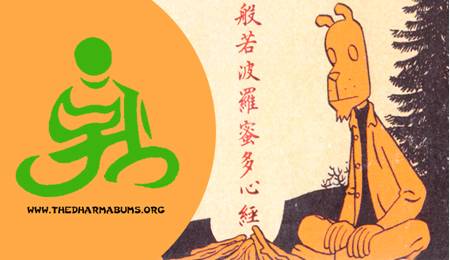
.JPG)

.JPG)
Permaculture presentation by Julia Dashe from the San Diego Roots Sustainable Food Project (sandiegoroots.org)
“The first thing anyone should be taught about gardening when they are just beginning, is the process of composting,” Julia Dashe told our group one sunny afternoon while standing outside of the three compost bins at the
This important lesson in the growth cycle of the garden can be applied to all of life – the transition from death to life, from destruction to creation, is just as important as the transition from life to death. Without some form of destruction and letting go of the old, there would be no room for growth and development for the new. Because every living being and the systems they are a part of go through numerous cycles of life and death in some way or another, ideally there should be no waste produced by the system. One creature’s poop is another’s house, and one dead animal can feed a whole family. This idea is the foundation to the permaculture movement, a 40-year old theory that began in agricultural design and is now flourishing as a completely sustainable approach to food, community and culture.
The Dharma Bums had the privilege to hear Julia speak about permaculture and sustainable gardening practices. She spoke of the vital need to carry on the once-traditional practices of locally grown food, while also incorporating new eco-friendly ‘green’ techniques so we can use our resources more wisely. For example, the current system allows huge industrial farms to economically plant row after row of the same species of corn, leading to the stripping of nutrients from the soil each year. However, permaculture suggests that we ecologically plant a mixed variety of plant species that can cohabitate with one another, allowing a sustainable and mutually dependent ecosystem to develop. Thus, the products of one piece in the system literally supply the needs of the neighboring elements, while doing little damage to the environment.
My experiences volunteering at the Terra Nova Garden at Morse High School and the City College Urban Farm in downtown
~ Dharma Bum Becky









